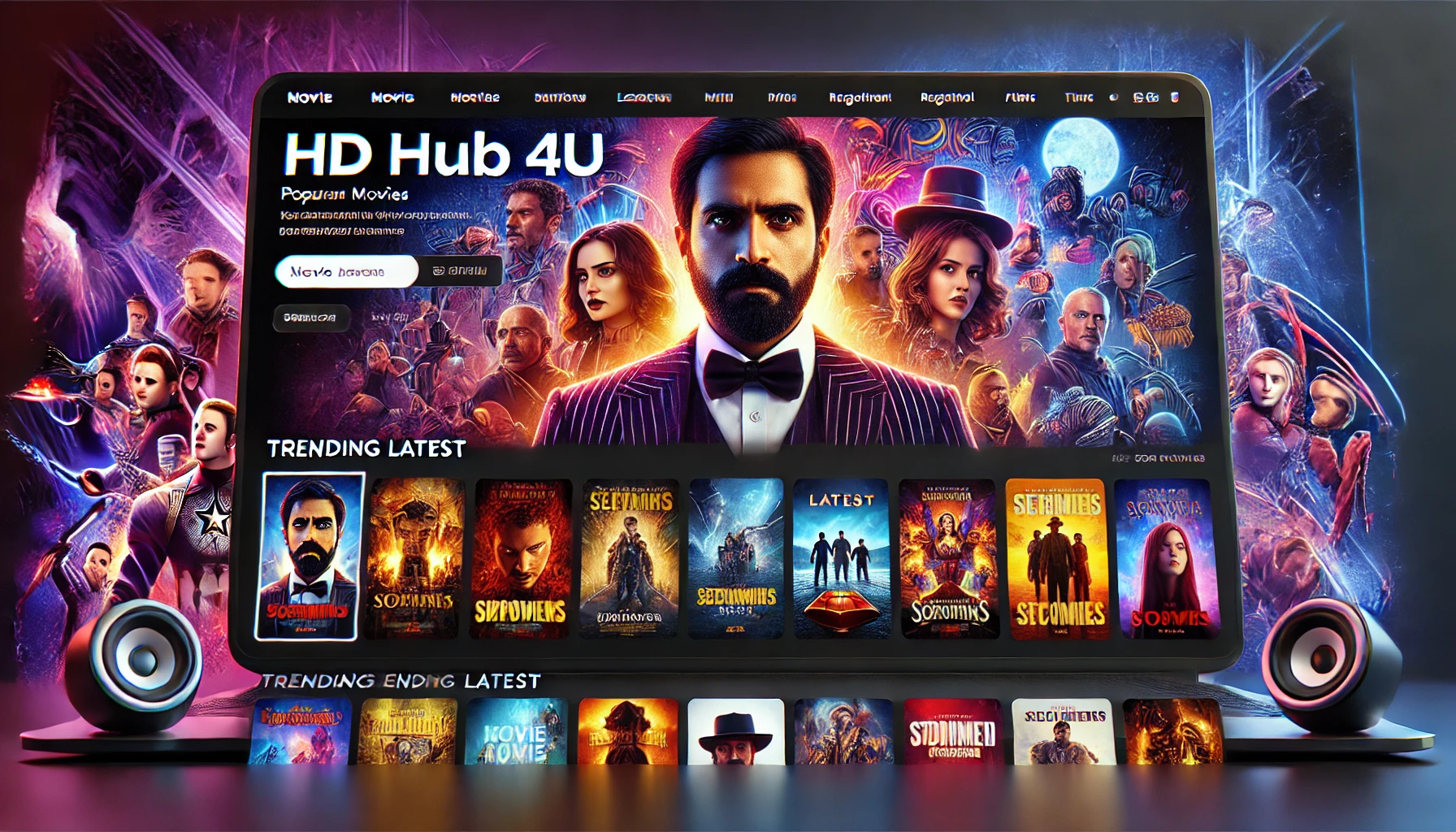Best HD HUD 4U: Customize Your Display Today!
Are you tired of squinting at your car's dashboard, struggling to decipher vital information while trying to keep your eyes on the road? Heads-Up Displays (HUDs) are revolutionizing the driving experience, projecting crucial data directly onto your windshield, enhancing safety and convenience. The quest for clarity, precision, and unparalleled visibility is driving innovation in HUD technology, and "hd hud 4u" encapsulates this pursuit.
The modern automotive landscape is increasingly defined by sophisticated technology designed to improve both the driving experience and overall safety. Among these advancements, the Heads-Up Display (HUD) stands out as a particularly impactful innovation. Originally developed for military aviation, HUDs are now finding their way into mainstream vehicles, offering drivers a seamless integration of information without requiring them to take their eyes off the road. The core principle behind an HUD is simple: project critical driving data, such as speed, navigation prompts, and warning alerts, onto the windshield in the driver's line of sight. This minimizes distractions and allows for quicker reaction times, which can be crucial in preventing accidents.
The evolution of HUD technology has been marked by significant improvements in display quality, projection methods, and the range of information presented. Early HUD systems were often characterized by grainy images and limited functionality. However, advancements in display technology, such as thin-film transistor (TFT) LCDs and organic light-emitting diodes (OLEDs), have led to sharper, more vibrant projections. These newer displays offer better contrast ratios and wider viewing angles, making the information easier to read in various lighting conditions. Furthermore, modern HUDs are capable of displaying a wider array of data, including adaptive cruise control settings, lane departure warnings, and even incoming phone calls and text messages. This increased functionality enhances the driver's awareness of their surroundings and reduces the need to interact with the vehicle's infotainment system.
- Unveiling Filmyflydev Your Ultimate Destination For South Movie Entertainment
- Somali Wasmo Telegram Channels Links Your Ultimate Guide To Explore And Connect
One of the key challenges in HUD design is ensuring that the projected image is clear and unobtrusive. To address this, manufacturers employ a variety of techniques to optimize the viewing experience. These include adjusting the brightness and contrast of the display to match the ambient lighting conditions, as well as using optical coatings on the windshield to minimize reflections and glare. Some advanced HUD systems even use eye-tracking technology to adjust the position of the projected image based on the driver's head movements. This ensures that the information remains in the driver's line of sight, regardless of their seating position or posture. The integration of augmented reality (AR) is another emerging trend in HUD technology. AR HUDs overlay digital information onto the real-world view, providing drivers with enhanced situational awareness. For example, navigation arrows can be projected onto the road ahead, making it easier to follow directions without having to glance at a map. Similarly, AR HUDs can highlight potential hazards, such as pedestrians or cyclists, alerting the driver to their presence in a timely manner.
The implementation of "hd hud 4u" principles in automotive design emphasizes the importance of high-definition, user-friendly displays that provide crucial information without overwhelming the driver. Achieving this requires careful consideration of several factors, including the size and placement of the display, the clarity of the projected image, and the relevance of the information presented. Manufacturers are also focusing on creating intuitive user interfaces that allow drivers to customize the information displayed on the HUD to their individual preferences. This includes the ability to select which data points are shown, as well as adjust the brightness and color of the display. By tailoring the HUD to the driver's specific needs, manufacturers can enhance the overall driving experience and reduce the potential for distraction.
Beyond automotive applications, HUD technology is also finding its way into other industries, such as aviation, healthcare, and sports. In aviation, HUDs are used by pilots to maintain situational awareness during takeoff, landing, and other critical phases of flight. In healthcare, surgeons use HUDs to view patient data and medical images in real-time, allowing them to perform complex procedures with greater precision. In sports, athletes use HUDs to track their performance metrics, such as speed, distance, and heart rate, providing them with valuable feedback during training and competition. The versatility of HUD technology makes it a valuable tool in a wide range of applications, and its continued development promises to bring even more innovation to these fields.
- Movierulz Movie Downloader Telugu Your Ultimate Guide To Downloading Telugu Movies
- Bolly4u Link Your Gateway To Bollywood Entertainment
The future of HUD technology is likely to be shaped by advancements in artificial intelligence (AI), machine learning (ML), and sensor technology. AI and ML algorithms can be used to analyze sensor data and predict potential hazards, providing drivers with timely warnings and alerts. For example, an AI-powered HUD could detect a pedestrian crossing the street and project a warning message onto the windshield, giving the driver more time to react. Similarly, sensor technology can be used to monitor the driver's attention level and adjust the HUD accordingly. If the driver is showing signs of fatigue or distraction, the HUD could increase the brightness of the display or provide additional alerts to help them stay focused on the road.
The integration of 5G technology is also expected to play a significant role in the future of HUDs. 5G networks offer faster data speeds and lower latency, enabling real-time communication between vehicles and infrastructure. This could lead to the development of more advanced AR HUDs that provide drivers with up-to-date information about traffic conditions, road hazards, and nearby points of interest. For example, a 5G-enabled HUD could display a live video feed from a traffic camera, allowing drivers to see what's happening around the corner. Similarly, it could provide information about parking availability and pricing, helping drivers find a spot more quickly and easily.
As HUD technology continues to evolve, it is important to address potential safety concerns and regulatory issues. One of the main concerns is the potential for distraction. While HUDs are designed to minimize distractions, it is possible that they could inadvertently divert the driver's attention away from the road. To mitigate this risk, manufacturers need to carefully design the display to ensure that it is clear, concise, and easy to read. They also need to provide drivers with the ability to customize the information displayed on the HUD to their individual preferences. Another concern is the potential for glare and reflections. In certain lighting conditions, the projected image on the windshield could be difficult to see, or it could create a distracting glare. To address this, manufacturers need to use high-quality optical coatings on the windshield and optimize the brightness and contrast of the display.
From a regulatory perspective, it is important to establish clear standards for HUD performance and safety. This includes requirements for display brightness, contrast, and resolution, as well as guidelines for the type of information that can be displayed. It is also important to ensure that HUDs do not interfere with the driver's ability to see the road and surrounding environment. By establishing clear standards and regulations, governments can help ensure that HUD technology is used safely and effectively.
In conclusion, the "hd hud 4u" concept represents a significant advancement in automotive technology, offering drivers a safer and more convenient way to access critical information while on the road. As HUD technology continues to evolve, it has the potential to revolutionize the driving experience and improve overall safety. By addressing potential safety concerns and regulatory issues, we can ensure that HUDs are used responsibly and effectively, bringing the benefits of this technology to a wider audience. The journey toward a future where driving is safer, more intuitive, and seamlessly integrated with technology is well underway, and the HUD is undoubtedly a key component of this transformation. The ongoing innovation in display technology, augmented reality, and artificial intelligence promises to further enhance the capabilities of HUDs, making them an indispensable tool for drivers in the years to come.
- Movierulz Ibomma Telugu Movies New 2023 Your Ultimate Guide To Streaming Blockbusters
- Hdhub4u South Indian Hindi Dubbed Your Ultimate Guide To Bollywood Magic

HD Hub 4u The Ultimate Movie Streaming Destination

HD Hub 4U Movie Your Ultimate Destination For High Quality Movie

Discover The Ultimate Guide To HD HUD 4U For Your Tech Needs